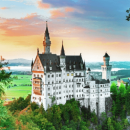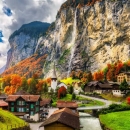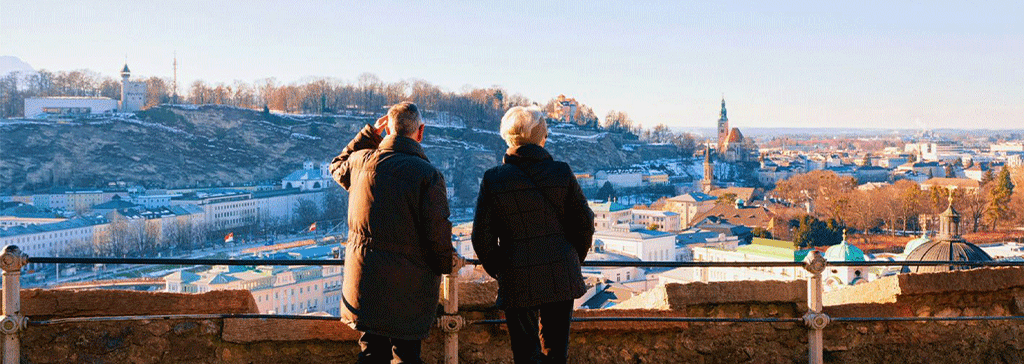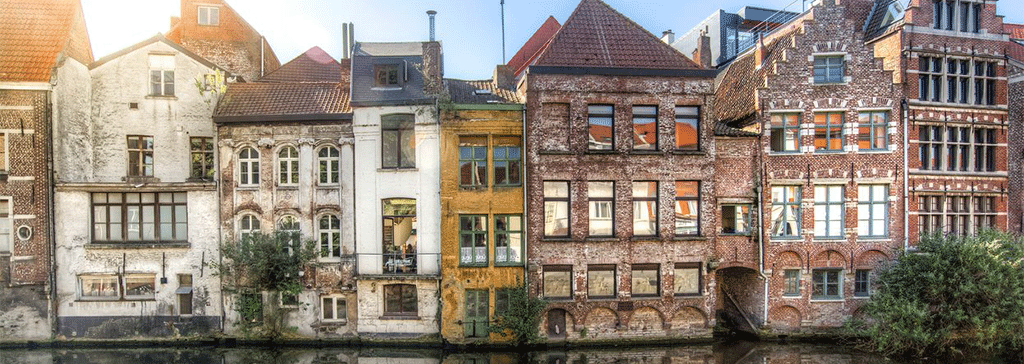
4 Stunning Cities In Belgium By Train
Belgium’s compact size, minimal language barrier, and multicultural composition make it one of Europe’s top destinations. Toss in some world-famous fries, mussels, chocolate, and beer, and it will only make you want to stay longer. While most tourists only stop on the fly to see Brussels’ Grande-Place, the country certainly merits a longer stay.
Often overlooked, Belgium is split between Flanders, the Flemish (Dutch)-speaking northern half and Wallonia, the French-speaking southern half. Brussels, the capital, is roughly in between. Here are some suggestions of the top cities in Belgium to add to your rail itinerary.
1. Bruges
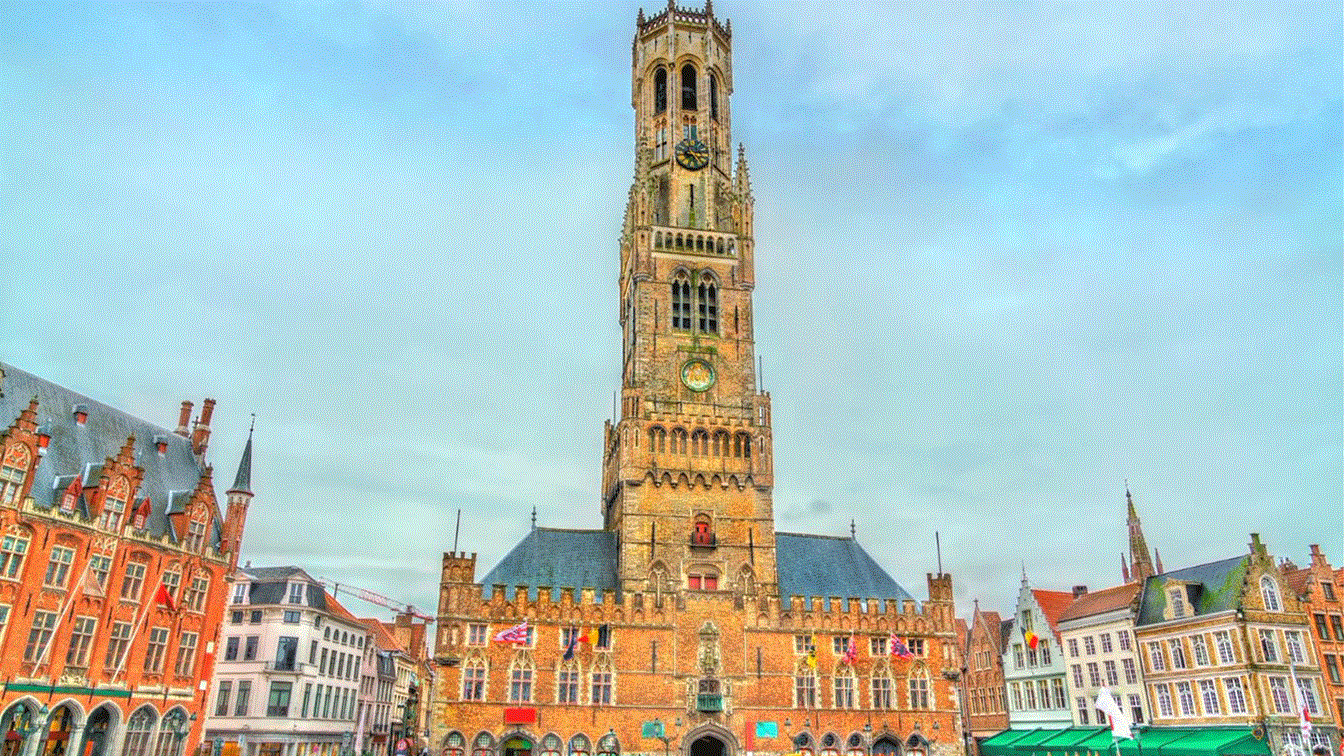
Bruges is the most notable go-to city for travellers looking to get beyond the European whirlwind. It is one of Europe’s original tourist destinations, attracting well-to-do British and French since the 19th century. They, like us today, were going to see a magnificent town built among a network of canals.
Bruges got rich on the wool trade in its 12th to 15th century Golden Age. You will enjoy its picturesque canals and graceful architecture, walking the old streets, climbing the 366 steps of its 13th-century belfry, taking a boat ride through the canals, and sitting out and enjoying its street-side cafe culture.
Must-see: If you had to choose one thing to do, climb the 272 feet (83 m) high belfry of Bruges, its medieval bell tower. On your way up, marvel at the clock mechanism and carillon of 47 bells before admiring the city-scape panorama from the top.
Insider tips: Bruges is not a place to check off a list of must-dos. It is a city to simply experience, either by slowly walking along the old streets or cruising up and down its canals by boat.
How to get to Bruges by train: Bruges is easy to reach from Brussels, with frequent IC trains taking about an hour. Even shorter is the trip from Ghent, which is on the same line. From Antwerp, it is about 1.5 hours. Look for one of many direct trains to avoid changes.
2. Ghent

Ghent is another excellent stop on a rail traveller’s circuit of Belgium. Today home to a quarter million inhabitants, Ghent grew into a rich city from the Flemish cloth trade back in the Late Medieval period. The city centre forms the largest car-free zone in all of Belgium, making it pleasant for pedestrians to admire the city’s medieval architecture, which remains mostly intact and remarkably well-preserved and restored.
Ghent is also a lively university town. It has enough atmosphere, nightlife, and attractions to put it on your itinerary, but without the tourist crowds that might leave a bad taste in your mouth.
Must-see: Ghent is packed with striking architecture. Do not miss the big three: St. Bavo’s Cathedral, the Belfry and Cloth Hall, and what I would consider one of the most imposing city-centre fortifications in Europe, Gravensteen, the Castle of the Counts.
Insider tips: Take Tram 1 into the city centre to avoid the 2.5 km stretch from Gent-Sint-Pieters Station. If you arrive at Gent-Dampoort, it is only a 15-minute walk. Note that tram tickets are significantly cheaper when bought from the bus/tram stop ticket machine.
How to get to Ghent by train: Ghent lies midway between Bruges and Brussels, only a quick 30-minute jaunt from either. Direct connections also reach Antwerp in an hour.
3. Brussels
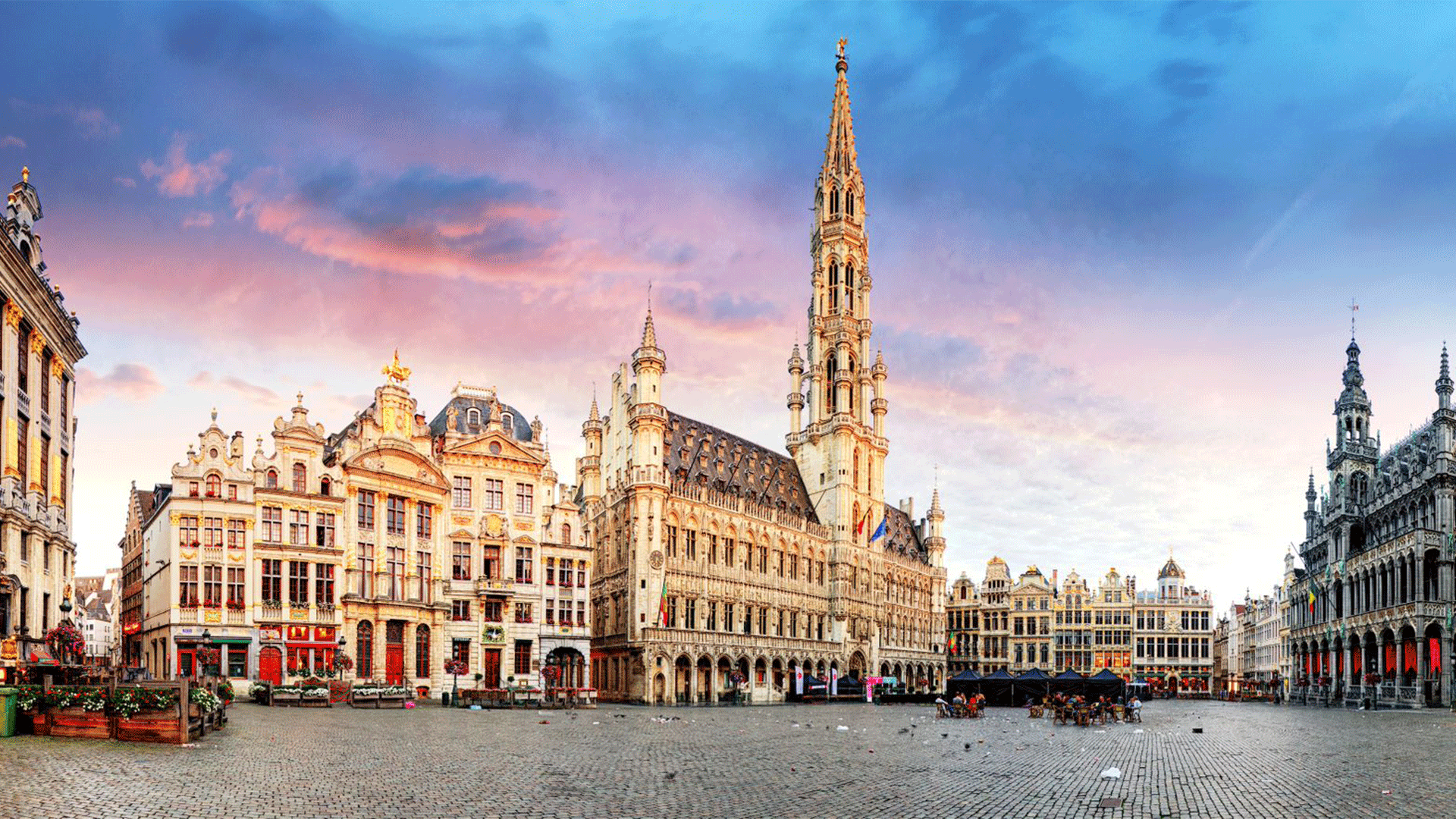
Brussels is a truly international city. As the European Union’s de facto capital, it is home to several of the EU’s principle institutions, as well as the headquarters of major international organizations such as NATO. On top of that, Brussels is home to a few significant immigrant groups like Turks, Moroccans, and Congolese, which add to the fabric of life here.
For visitors, Brussels is a city with world-class museums and a well-preserved medieval centre. It is also perfect for exploring on foot and by its metro system.
Must-see: The Grand Place has been Brussels’ commercial hub since the Middle Ages. The tremendous Hotel de Ville dominates the square, which is surrounded by gorgeous, mostly early 18th-century guild halls.
Insider tips: Most tourists make a beeline for the Manneken Pis, the famous peeing boy statue. But few know to look for Jeanneke Pis, the peeing girl statue. You will find her on the east side of the Impasse de la Fidélité (Getrouwheidsgang), a narrow cul-de-sac.
How to get to Brussels by train: Brussels’ central location in Belgium makes it the most well-connected city in the country. You will also find direct connections to London, Paris, Amsterdam, and Cologne.
4. Antwerp
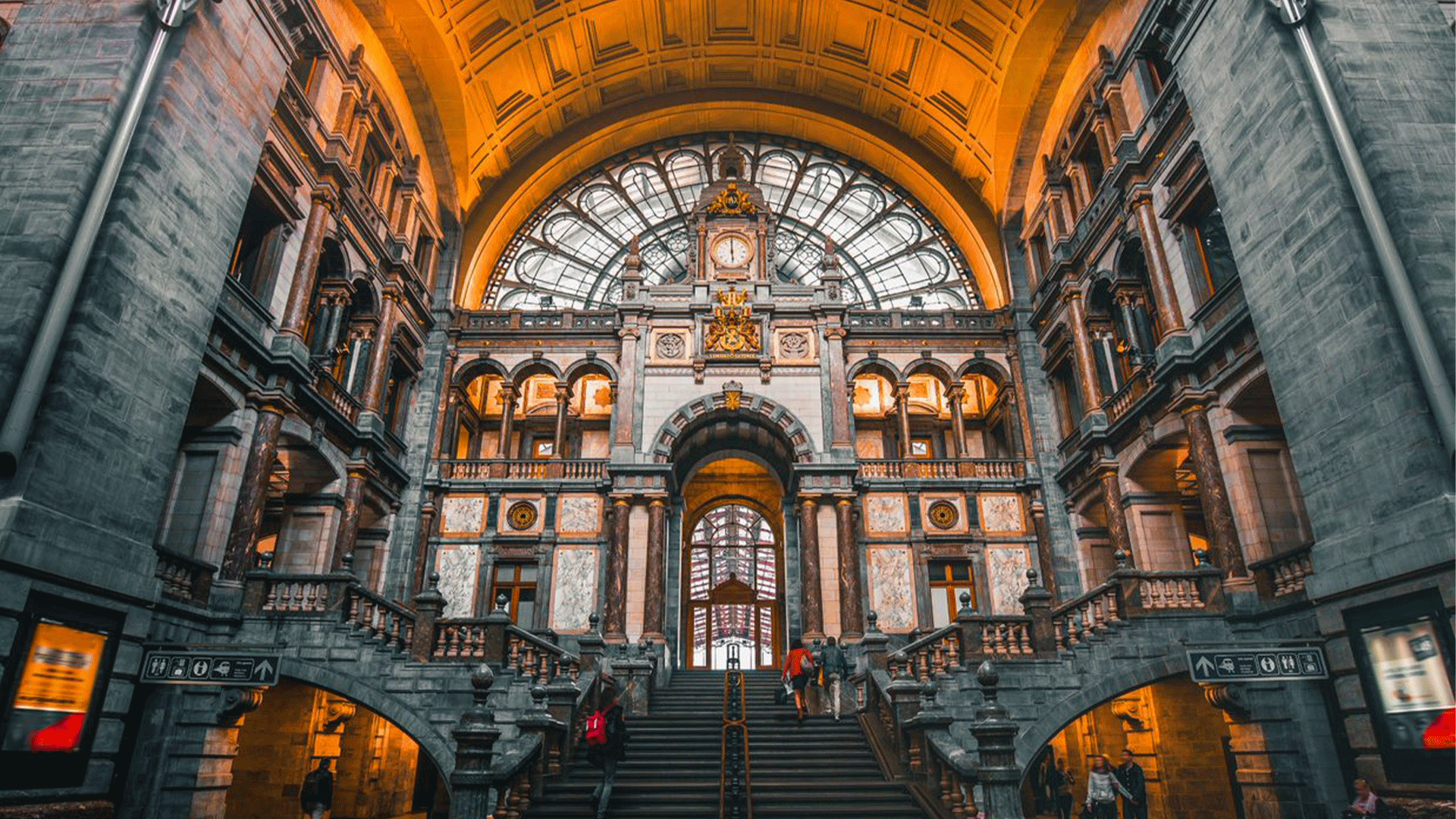
Belgium’s second city, Antwerp, has an illustrious history and is known for its fashion scene, diamond trading, and lively nightlife. Antwerp has long been an important city in the Benelux countries, growing to become the richest city in Europe during the “Age of Exploration” when trade shifted here from Bruges in the 16th century.
Today those former riches equate to dazzling art and architecture for us to see, including a collection of excellent museums. Antwerp may not be as historically preserved as other Flemish cities, like Bruges or Ghent, but it is a very dynamic city. It offers a nice combination of history and contemporary life.
Must-see: The first thing you will notice about Antwerp is its splendid Antwerp Central Station. Take a long moment to admire the grandeur and intricacies of this railway cathedral, even if you are lugging a heavy backpack.
Insider tips: Antwerp is known as both Antwerpen (in Flemish) and Anvers (in French). Make sure you know both names because they are often listed by only one name.
How to get to Antwerp by train: There are good rail connections to Antwerp from both Belgian and international cities. From Central Station, trams 2 and 15 make the 2km trip to the city centre.
Why visit cities in Belgium by train?
Short rail rides, convenient connections, and a wealth of history make Belgium an excellent country to explore with a Pass. Straddling the cultural boundary between Germanic and Latin Europe, Belgium also offers an interesting mesh of cultures. Whenever you decide to move on, you are in striking distance of plenty more great destinations. You have the Netherlands to the north, Germany and Luxembourg to the east, and then France to the south.
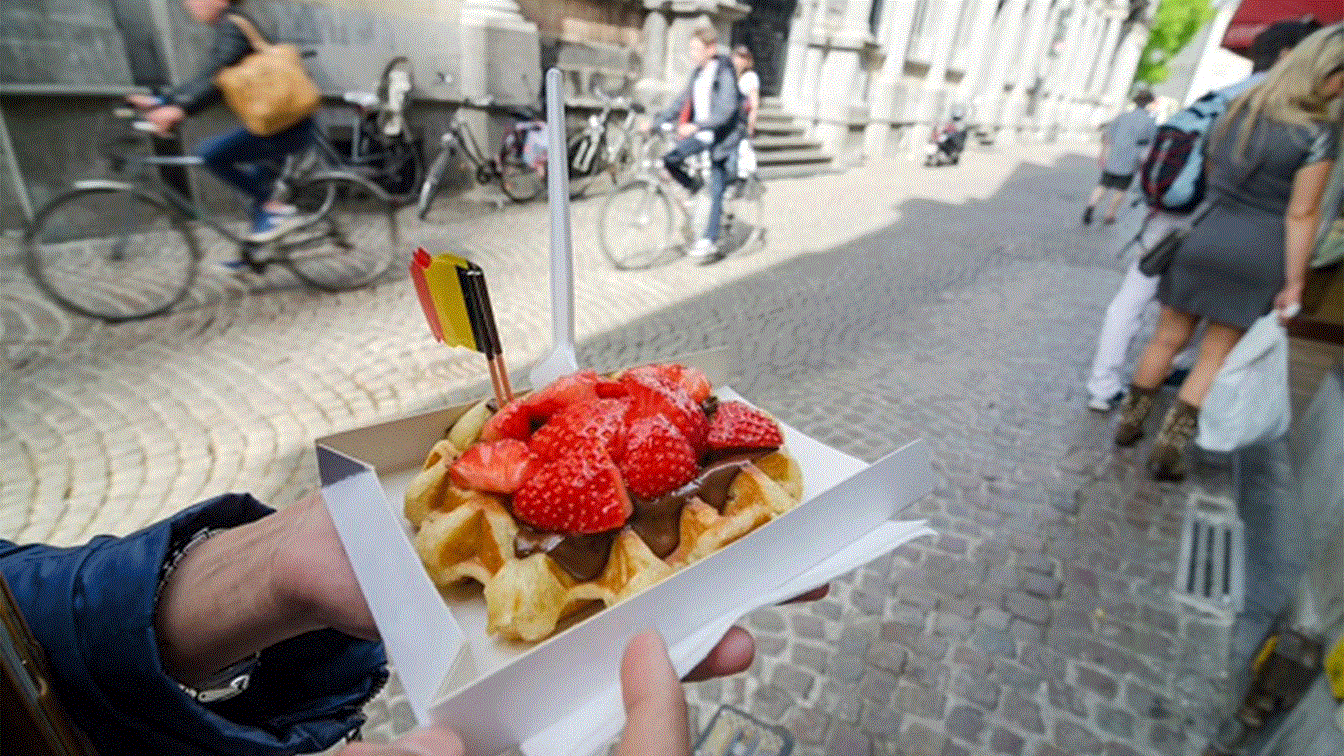
So get your fill of delicious Belgian beers, chocolate, and maybe a street-cart waffle or two while you are exploring the cities in Belgium with a Global Pass. And when you move onward, do it the way Europeans do ― by train!
You might like this as well:
-
![luxembour-city-seniors-winter-header]() Winter in the Benelux Here’s our senior train travel guide for winter in the Benelux. Here’s how to visit Belgium, Luxembourg and the Netherlands in one seamless rail tour with the Interrail Benelux Pass.
Winter in the Benelux Here’s our senior train travel guide for winter in the Benelux. Here’s how to visit Belgium, Luxembourg and the Netherlands in one seamless rail tour with the Interrail Benelux Pass. -
![belgium-ghent-buildings-city-centre]() Where The Locals Go In Ghent Follow our local’s guide to Ghent. One of “Europe’s best-kept secrets,” we recommend you make a beeline for this small city the next time you’re on the rails in Belgium.
Where The Locals Go In Ghent Follow our local’s guide to Ghent. One of “Europe’s best-kept secrets,” we recommend you make a beeline for this small city the next time you’re on the rails in Belgium.
Change of currency
You cannot change the currency once you have a Pass in your cart. Remove the Pass, and then change the currency on the website header.
